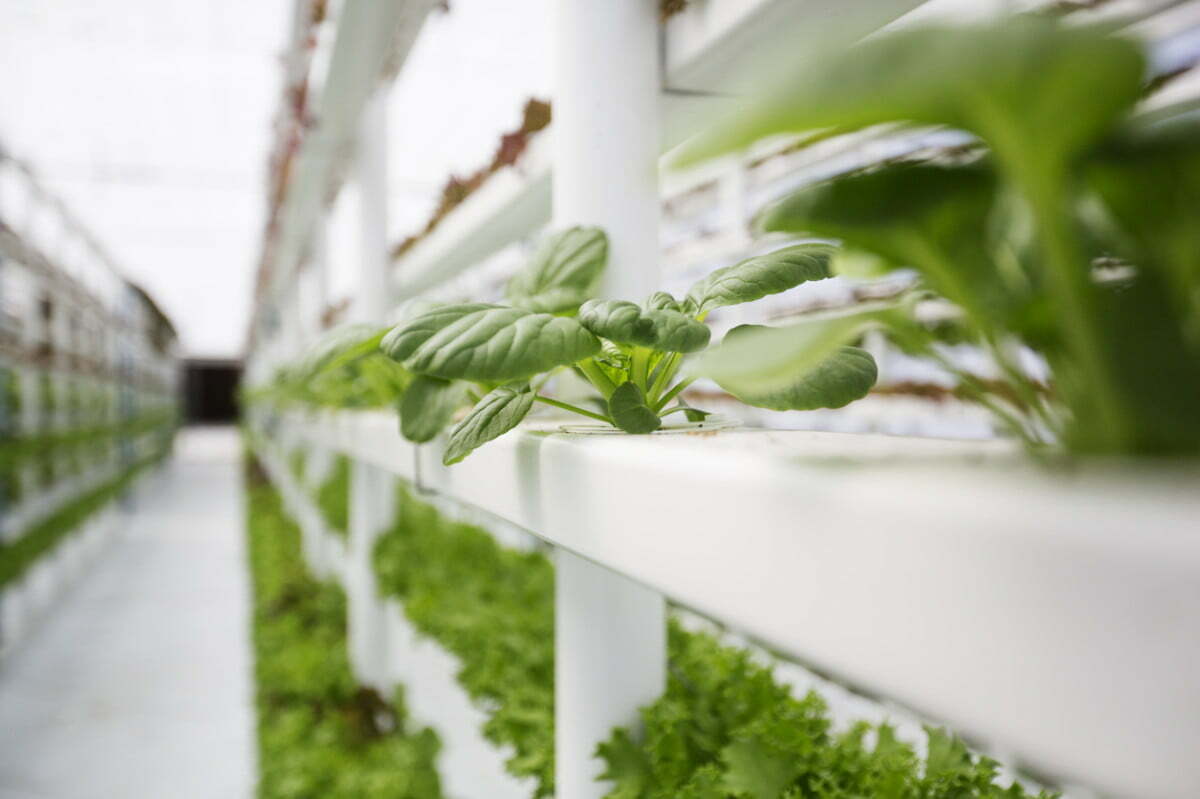Dive Brief
Despite 6.Three% growth to $ fifty-two billion in 2018, organic products are suffering from penetrating new markets and widening their enchantment past their center demographic of affluent families headed using younger buyers with kids below 18. The one exception to this is the Hispanic populace, which is devoted to natural merchandise, according to Food Navigator. Consumers over the age of fifty, minorities, and households with incomes much less than $35,000 are all companies that the organic area is suffering to attain.

There is a hobby from these groups in buying natural; however, due to a lack of targeted advertising and marketing, a recognition for a higher charge factor, and a lack of wide distribution, many consumers have not dedicated customers, aspire to shop for them, though they cannot constantly afford them.
Dive Insight:
With the expanded hobby in health and nicely-being, nature has hugely moved mainstream. While records from the Organic Trade Association imply income is continuing to increase year over yr and natural fruits and veggies now comprise 14.6% of all produce sales inside the U.S., it’s now not at once glaring that the products are suffering from advantaging marketplace proportion.
However, many purchasers stay unswayed by way of the U.S. Department of Agriculture Organic label. Low-income households are one of the maximum hard demographic segments for the organic industry to engage, consistent with Maryellen Molyneaux, president of NMI studies institution advised Food Navigator. For this group, the rate is primary to their choice.
Although the price differential between organic and conventional meals might not be gambling as massive a role because it once did, it’s miles nevertheless very a great deal there. Nielsen figures for 2018 show that organic food’s average charges dropped as extra certified gadgets have been introduced. The premium became about 7.5% final year, compared to nine% extra in 2014. But natural milk and eggs have been priced higher — 88% and 86% extra — due to government policies about what “natural” approach. Even for folks that do buy natural, the rate distinction can sting. A 2017 Mintel report determined that 62% of consumers stated they might be likely to purchase more natural ingredients if they have been much less pricey.
Many within the older infant boomer era have more disposable earnings. But they still aren’t devoted, natural customers. Part of this has to do with how organic products are advertised. As groups look in the direction of destiny, many merchandises is marketed to millennial and Generation Z consumers, particularly mother and father with young youngsters. In a study via Johnson & Johnson, forty-three % of mothers and fathers stated they would pay more for their youngsters’ organic food.
And while those more youthful generations represent about 64% of the worldwide populace, in step with United Nations information analyzed by Bloomberg, older clients still make up a massive portion of consumers. Plus, as people are dwelling longer, baby boomers may additionally truly be a large part of organizations’ futures for a while.
While advertising may be addressed, the better natural merchandise rate won’t be as simple to solve. For one, a great deal of the land within the U.S. Isn’t always suitable for growing organic vegetation. Farms classified as organic account for just zero.7% of overall farming operations in the U.S. However, making ready farmland for natural manufacturing also contributes to the price. Organic produce must be grown, harvested, processed, and transported one after the other from traditional meals.
It also takes three years for traditional acreage to be converted over to natural, a transition duration when manufacturers do not get to gain the better fees tied to organic; however, they still ought to observe the protocols that come with growing the crop. The USDA began with endorsed certification for farms in transition so that top rate may be charged; however, it withdrew guide after internal roadblocks.
Although it may be tough to convince consumers that an elevated fee is justified, it can be finished. Annie’s Homegrown is an achievement story worth noting. Annie’s positioned its macaroni and cheese alongside traditional versions to make it seem like another desire rather than an improved product. The brand’s technique became so successful; General Mills received Annie’s in 2014.
Manufacturers and manufacturers must reconsider their approach and cope with those not typically associated with organic shopping. If the enterprise can make paintings to break the one’s stereotypes, there’s an entirely new market that might be inquisitive about putting the one’s merchandise in their our bodies too.